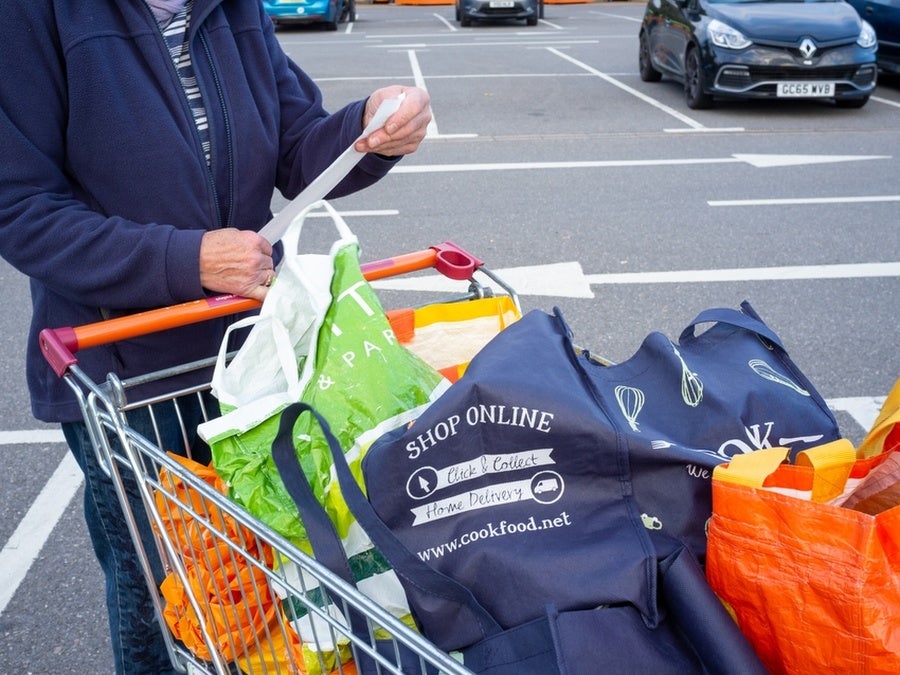
The cost of many UK grocery items remains more than double the rate of inflation as food and drinks prices accelerated again in March.
The headline rate of inflation, measured by the consumer price index, eased to 10.1% in the 12 months through March, from 10.4% in February. While slowing, the all-items index was only on a par with January’s 10.1% figure.
However, the prices of food and non-alcoholic drinks increased 19.2% year on year in March to supersede February’s high of 18.2%, the Office for National Statistics (ONS) reported. It said the rate for food and non-alcoholic drinks was the highest seen for more than 45 years.
The new figures issued today (19 April) led UK industry body The Food and Drink Federation (FDF) to warn the operating environment and challenges from rising energy and labour costs are testing the “resilience” of the country’s food and drinks manufacturers.
That warning comes after a UK government report showed an increasing number of companies in the food and beverage sector are going to the wall following the removal of Covid-linked safety nets, while at the same time facing supply chain cost pressures, labour shortages and elevated energy prices.
FDF chief executive Karen Betts said: “Food and drink manufacturers know we have a responsibility to keep the price of everyday products affordable, and ONS data shows that over 80% are absorbing a proportion of rising input costs in order to shield shoppers from the full price rise.

US Tariffs are shifting - will you react or anticipate?
Don’t let policy changes catch you off guard. Stay proactive with real-time data and expert analysis.
By GlobalData“This is having an impact on business margins and the resilience of our sector. A drop in investment is flowing from this and points to a worrying economic trend.”
Referring to food and beverage inflation as “stubbornly high”, Betts said it takes time for the higher costs manufacturers are up against to filter through to the consumer, suggesting more price pressures to come for shoppers.
“While we have seen some ingredient and production costs start to come down from the exceptional peaks of recent months, those declines have not been consistent across the board,” Betts said. “Meanwhile, many of the underlying drivers of inflation are still in play – with, for example, energy costs still double what they were in 2019 and rising labour costs.”
The price of butter rose 22.7% in the 12 months through March, while the cost of milk, cheese and eggs was 29.7% higher, the ONS data shows. Fresh and chilled vegetables, excluding potatoes, were up 20.5% and meat 17.4%.
Pork, where the global processing industry is suffering based on recent reports, saw prices increase in the UK by 25.2%.
In another staples food group, the cost of bread and cereals rose 19.4% in what the ONS said was the fastest annual increase in its data stretching back to January 1989.
Non-alcoholic drinks prices were up an annualised 14.2%, while alcoholic beverages were up 6%.
Comparing months, food and soft drinks prices increased 1.1% in March versus 0.2% in the same month last year. The headline rate of all items measured by ONS, edged down to 0.8% from 1.1%.



